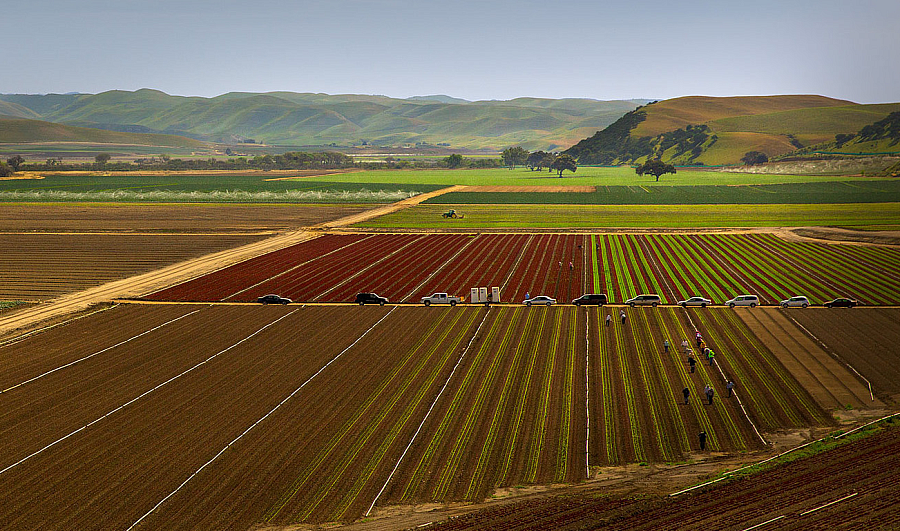In the Salinas Valley, poverty wages undermine the health of farmworkers

Here in Salinas, a city on California’s Central Coast of about 160,000 people, I work for a small Gannett property where I serve as a community health reporting fellow for The California Endowment.
The city of Salinas, a municipality on the national map for youth violence, is virtually surrounded by farmland. It is located in the northern part of the famed Salinas Valley and is home a thriving $9 billion a year agricultural economy.
Although one might think that the farmworkers who are so essential to this enterprise would share in the financial bounty, they don’t.
The workers and their families who cultivate and eventually harvest such produce live in the shadow of affluent places like Pebble Beach, Carmel and Monterey, but they are forced to cobble incomes together that are very often inadequate to properly feed, house and generally take care of themselves and their families.
Many of these workers, who ironically live in USDA-designated “food deserts,” also endure these inequities in the form of poor health. A clear majority rarely ever graduate from high school and far, far too many get sucked into the deadly cycle of youth gang violence the city experiences.
Although many journalists from national publications love to parachute into Salinas to use it as a gritty background set for a story on “Poverty in the Golden State,” they rarely examine the systemic racism and root causes of why these families continue to suffer so much trauma and socioeconomic adversity: The lack of a living wage.
In many cases, just an additional $300 to $500 per month would give these families the ability to pay rent and have enough healthy food to eat. Or it could give them the resources to hire quality childcare as they take second and sometimes third work shifts to make ends meet.
Based on reports published by the U.S. Department of Labor, farmworkers typically work 42 hours per week and earn $7.25 per hour on average, but this “average” varies greatly. Annually, the average income of crop workers is between $10,000 to $12,499 for individuals and $15,000 to $17,499 for a family. To put that in context, the federal poverty line is $10,830 for an individual or $22,050 for a family of four. That means, according to the report that some 30 percent of all farmworkers live below the federal poverty line.
My intention is to study and report the social fallout that ensues when incomes do not cover basic human needs such as adequate housing, childcare and food — for both individual families and entire neighborhoods. I also want to look at why government and nonprofit solutions still focus on the symptoms of this poverty rather than the root causes.
In essence I am hoping this 2017 California Fellowship project will drill down to examine the state of farmworker poverty in Salinas and across California, and explain how the lack of a living wage leads to socially destabilized, often violent communities.
The project would examine at least these elements:
- What do the statistics say about the health and socioeconomic status of Salinas’ families?
- What are the chances that agri-business will increase pay so that farmworkers can earn a living wage?
- What would happen to consumer prices at the supermarket? Would people agree to pay more for their fruits and vegetables knowing it will provide living wages for farmworker families and therefore reduce the need for the costs of public interventions associated with root causes of poverty, such as law enforcement?
- What promising practices and policy priorities are being considered in the Salinas Valley to address poverty’s root causes?
- What kind of stop-gap measures can government, NGOs and philanthropic groups adopt to lift this workforce out of poverty and stem the coming tsunami of pre-diabetes and diabetes?
Finally, what does it say about us morally and ethically as consumers when we knowingly keep a whole segment of workers impoverished in order to sustain artificially low produce prices in the supermarket?
[Cropped photo by Malcolm Carlaw via Flickr.]

